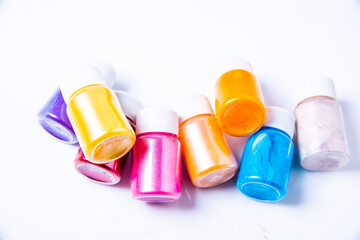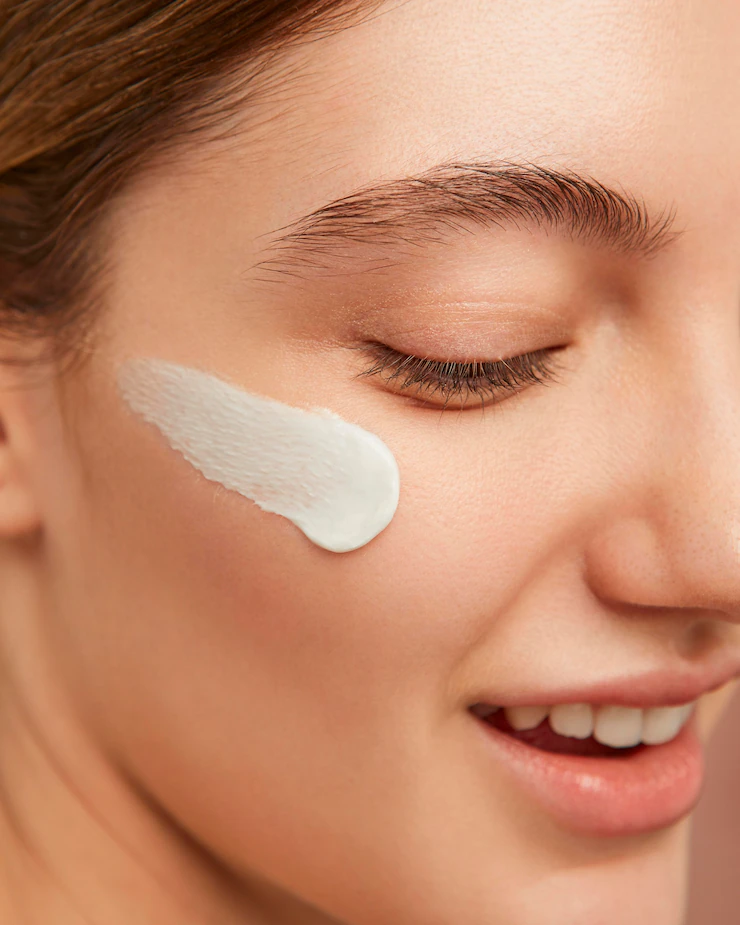- Home
- Ingredients
- Cosmetic Pigments
What are cosmetic pigments?

Cosmetic pigments are colorants that are safe to use for cosmetic products. They are often used to enhance the aesthetic values of a product so that it appears more attractive.
Cosmetic pigments can be categorized into:
- organic pigments - formed by precipitating the colorant onto a substrate and forms an insoluble salt
- inorganic pigments - usually naturally derived like oxides, sulfates and silicates
There are many types of colorants that you can use to make cosmetics. The best is to use the ones sold by cosmetic ingredients supplier because they can provide more information like:
- INCI - International Nomenclature Cosmetic Ingredient
- MSDS - Material Safety Data Sheet
- COA - Certificate of Analysis
- CAS - Chemical Abstracts Service
Because we are cosmetic formulators, we will only look into approved colors for cosmetic use.
Cosmetic pigments can be grouped as:
- Eye-safe
- Lip-safe
- Eye and Lip -safe
Glitter on the other hand is not a cosmetic pigment. It is made with PET and gives the sparkle and shine effect.
You often find glitter in the same category as makeup colors.
Common names of cosmetic pigments
Colorants in cosmetics are heavily used by manufacturers. You should be familiar with these names already:
- Mica - a mixture of Titanium Dioxide and natural mica colors
- Lake - can be dry or liquid
- Dyes - can be dry or liquid
- Oxides - naturally derived
- Titanium Dioxide - originally in-soluble in water but now comes with many versions that can be dispersed in oil and water
Are there any side effects if you use too much colorants?
If you use pigments according to the type of product you make such as using:
- Lip-safe pigments for lip products
- Eye-safe pigments for eye products
There are no known causes that using too much colorant can cause any side effects.
However, do take note that too much pigment can cause a product to:
- be unstable
- be dispersed in unequal amounts
- feel heavy on the skin
- appear chalky
The usual amount for pigments is 10-25% in a product.
How to mix pigments in my cosmetic products?
Depending on what you are making, there are various ways to do it!
For example, mica powder can never dissolve in water and oil. It can only be dispersed.
If your formula is written correctly, the mica powder should be dispersed evenly and not float or clump.
If you are making a solid product such as lipstick, mix it in the oils and stir well.
Mixing colorants by hand using a hand mixer is easy when you make small batches. However, it can be a little tough once you scale up.
Halal-friendly pigments
If you are making Halal-certified or Halal-compliant cosmetics, you can use any pigments that are not made from cochineal beetles.
This is a list of products that you can use:
- Any red mica powder with no Carmine mixed in it
- Iron Oxide Red, Powder
- Iron Oxide Red, Liquid
- All TKB Lip Liquid Colors
- TKB Tomato Red Concentrate
- Making Cosmetics Mica Blackstar Red
- Making Cosmetics Mica Red
- Making Cosmetics Mica Sappan Red
- Making Cosmetics Red No. 28 D&C Lake
- Making Cosmetics Red No. 40 FD&C Lake
- Making Cosmetics Red No. 6 D&C Lake, Powder
- Making Cosmetics Red No. 6 D&C Lake, Liquid
- Making Cosmetics Red No. 7 D&C Lake, Powder
- Making Cosmetics Red No. 7 D&C Lake, Liquid
- Bramble Berry Liquid Crystal Dye
Plants that gives off reddish-orangey to reddish-purple tints such as:
- Beetroot
- Annatto
- Elderberry
- Henna
- Hibiscus
- Madder root
- Red Yeast
- Paprika
- Pomegranate
- Red Cabbage
- Red Sandalwood
- Rosehip
- Tomato
Where to buy cosmetic pigments from?
You should only buy pigments that are safe for cosmetics use. Do not use colorants meant for baking goods.
Oxides and Plant-based colorants: Aroma-Zone
Oxides, Mica, Glitter, Lip Liquid Colors: TKB Trading
Oxides, Mica, Lakes, Dyes: Making Cosmetics
Liquid Crystal Dye: Bramble Berry
❤️ Share with your friends! ❤️
Related article
 |
Plant based pigments Are you looking for plant based pigments for your cosmetic products? I know it can be tough to look source out for reliable suppliers. Read more... |

